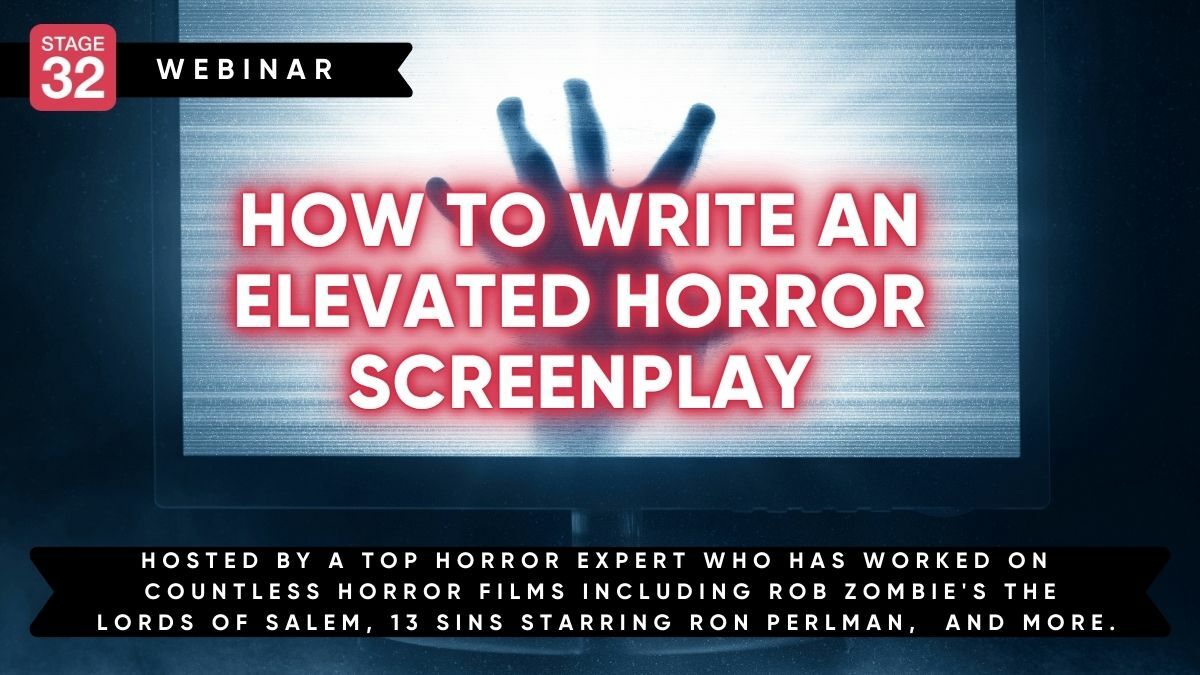Here’s an article by Anthony Kaufman.
“The problem is the larger issue that’s plaguing every filmmaker right now: The distributors don’t really offer any money. That’s not that big of a deal if they would allow you to have control of your project, but they don’t.”
The quote above is from 2008, spoken by filmmaker Lance Hammer.
I was reminded of Lance when I noticed an article in The Wrap a couple of weeks ago titled “Going it Alone: The Indie Filmmakers Getting their Movies in Theaters Without a Distributor.” It all sounded very familiar. Maybe because we’ve been writing that same damn story for the last 20 years—literally. My own articles on the subject date back to the early-to-mid 2000s, including such pieces as “‘Ballast’ Steadies Course Alone: Sundance Winner Chooses Self-Distribution” (IndieWire), “Indies Increasingly Follow DIY Model” (Variety), “Directors Seize their Distribution Destiny” (Variety), “Not Picked Up in Park City? Filmmakers Look Forward to DIY Release Options” (IndieWire), and a Filmmaker Magazine Hits & Misses column from 2013, in which I wrote: “Given the dicey nature of the marketplace, it’s a wonder we haven’t seen more bold distribution experiments in the last year.”
Going over those old articles, a few things occurred to me: 1) the indie industry has been here before, many times; 2) indie filmmakers should probably learn from the dozens and dozens who have already done this before (granted, different times, different challenges, but still…); and 3) self-distribution is very very hard, but independent film distribution has always been filmmaker-driven, even to some extent, in those rare cases when a distributor is involved.
So what can we learn from “Ballast” director Lance Hammer, who walked away from a distribution deal in 2008 with IFC Films in order to retain the rights and release the film himself? Lance had a lot of still-relevant things to say 16 years ago: “Giving up Internet rights for 20 years, that’s just crazy” and “Just a couple years ago, filmmakers would be offered a bigger MG and more money for P&A; now the advance is gone and the amount given to P&A is nothing. I think P&A should be put in the production budget.”
Lance, if you’re reading this, I’d love to know what eventually happened with the alternative release downstream (the box office was insignificant), but maybe it paid off later. It’s a strong film that I raved about (still available for streaming), but somewhat prophetically Lance said at the time, “Now that the film is done, I have to think responsibly because I want to have sustainability as a filmmaker. If Sundance is considered the acme of American festivals, and ‘Ballast’ was one of the films that was rated highly there, then it would be a total tragedy if I couldn’t make another film like it again.” Here were are, sixteen years later, and Lance’s second film “Queen of Sea” has still not emerged (though it appears to be in post.)
From decades past, the lessons learned may seem obvious, but they still resonate:
“It’s entirely about social networking technology and creating a world around your film. And that has to happen as early as production,” said Hammer, a year after his distribution experiment.
Filmmakers have to define their audiences “before they even make the film,” echoed Richard Abramowitz. “The more specific you are, the better chance of success you have.”
“We’re still at the stage where a movie isn’t real if it hasn’t been released in theaters,” Roadside Attractions’ Eric D’Arbeloff told me in 2008, which still rings true, even as the digital release has become the primary revenue-generator.
Again, none of this is rocket science, but as the foundational infrastructure for art-house distribution bottoms out, such basic tenets of self-releasing movies have become essential to all filmmakers looking to connect their movies with audiences. I have doubts about the economics of these alternative paradigms, as the cost to make and release a movie is an expensive proposition, and recoupment is a long and difficult road. That’s why for a lot of indie filmmakers budgets must come down (even as production values need to look as if they haven’t), and overseas co-productions with more government support and incentives are key (but that’s also always been helpful.)
Back in 2008, Hammer admitted his effort “may be a total financial failure,” but he also sought solace in the fact that “if I were to go with one of the established distributors, it’d be certain that I’d lose all my money.” He also had faith that if someone could crack the new model, others would follow suit. “And then I can prove that I’ve done it once and I can do it again,” he said. “And more importantly, other filmmakers like me can do it, too.”
There’s plenty of meat here, but a standout for me was this, from Lance Hammer:
“Giving up Internet rights for 20 years, that’s just crazy” and “Just a couple years ago, filmmakers would be offered a bigger MG and more money for P&A; now the advance is gone and the amount given to P&A is nothing. I think P&A should be put in the production budget.”
So what changes have you seen? Do you agree with Hammer’s point of view? Who amongst our community has successfully self-distributed?
Here’s a link to the trailer for Hammer’s film:



2 people like this
Self-distribution is very very hard for indie filmmakers, Geoff Hall. "It’s entirely about social networking technology and creating a world around your film. And that has to happen as early as production." Besides social media (and YouTube), I barely see any promo for indie films. Indie filmmakers do have to start promoting their projects on social media as early as production. I see a lot of indie filmmakers promoting their projects in pre-production though.
2 people like this
This is a great article Geoff Hall and I use Deviant Art to also promote my work as well:
https://www.deviantart.com/markdeuce
2 people like this
The problem with self distribution is some avenues are not open to filmmakers without an agent. You still need a go-between sales agent to sell to foreign markets, iTunes, and major streamers.
This week’s Filmmaking Stuff podcast touches on this.
https://filmmakingstuff.podbean.com/e/how-film-distributors-and-sales-agents-make-money/
1 person likes this
Maurice Vaughan thanks, Maurice. We have already started promoting Seeing Rachel in development. Once we get the development funding, we’ll employ the services of a publicist.
1 person likes this
Mark Deuce I’ve really enjoyed your work on Deviant Art, Mark. Thanks for sharing.
1 person likes this
Mike Boas hi Mike, that is true. In the UK there are services like BitMax that you can go to, which help you with aggregation and distribution. And yes, with the big guns, we’ll need a go-between, but such is life. I think it probably adds a bit more clout to our productions than trying unsolicited approaches. Thanks for sharing.
1 person likes this
Nowadays, unless you have a breakout hit or solid name talent in your film, it's not likely you'll make anymore money self-distributing than with a sales agent.
1 person likes this
You're welcome, Geoff Hall. That's great! I'll keep an eye out for the Seeing Rachel promo and share it.
2 people like this
Gr8 share here! Every indie filmmaker should read this - there are so many distribution options yes - but what i love most is that when you grow your audience -YOU have already done the most important work yourself.
1 person likes this
Fran Harris thanks Fran. Yes, building your audience is an important lesson for us indie filmmakers. How are you faring?
3 people like this
Stephen Folker so casting is key? And maybe story too?
3 people like this
Geoff Hall maybe.
3 people like this
In 1999, I became the first filmmaker to self-distribute a feature film online with THE DEFINITE MAYBE. It was so early in the internet's rise that we had immense challenges but we also benefited from a less crowded market. We had a pretty great cast for a movie made for the price of film development and crew meals and that helped us get the thing we needed the most - press. We had zero money for marketing so we relied on newspapers and magazines writing about the distribution model. So many factors go into a successful distribution, and in a lot of ways we failed to get those things. But we did get the movie out there and some national press. Building an audience has always been my biggest takeaway. Ultimately, it did more for my career than for the film itself but 25 years later, these platforms exist to do it all and for the right films I think it's simply wonderful. Make your films. Build your audience. Get them out there. Celebrate July Filmmakers Club and learn all about independent film here at Stage 32! We're all in it together!
2 people like this
Stephen Folker is that a definite maybe?
2 people like this
Sam Sokolow thanks Sam, as you say, we’re all in it together. This is the best place to be!